(September 13, 2021) On August 24, when the Boeing C-17 Globemaster III took off from the Hamid Karzai International airport in Kabul and vanished in the sky after heading west, photographer Omer Farooq Faizi – one of the passengers on board the US aircraft – heaved a sigh of relief. It had been a highly stressful day for him as he, along with his family, criss-crossed the streets controlled by Taliban gunmen to reach the airport, which had already plunged into chaos, amid fears of an imminent terror attack.
Omer’s exit from his motherland came just 48 hours before the deadly suicide bombing outside the airport which left 170 dead and dozens wounded. About 72 hours prior to his departure, seven Afghans died at the same spot as tens of thousands of Afghans desperately tried to leave their country. Luck was clearly in favor of Omer and family.
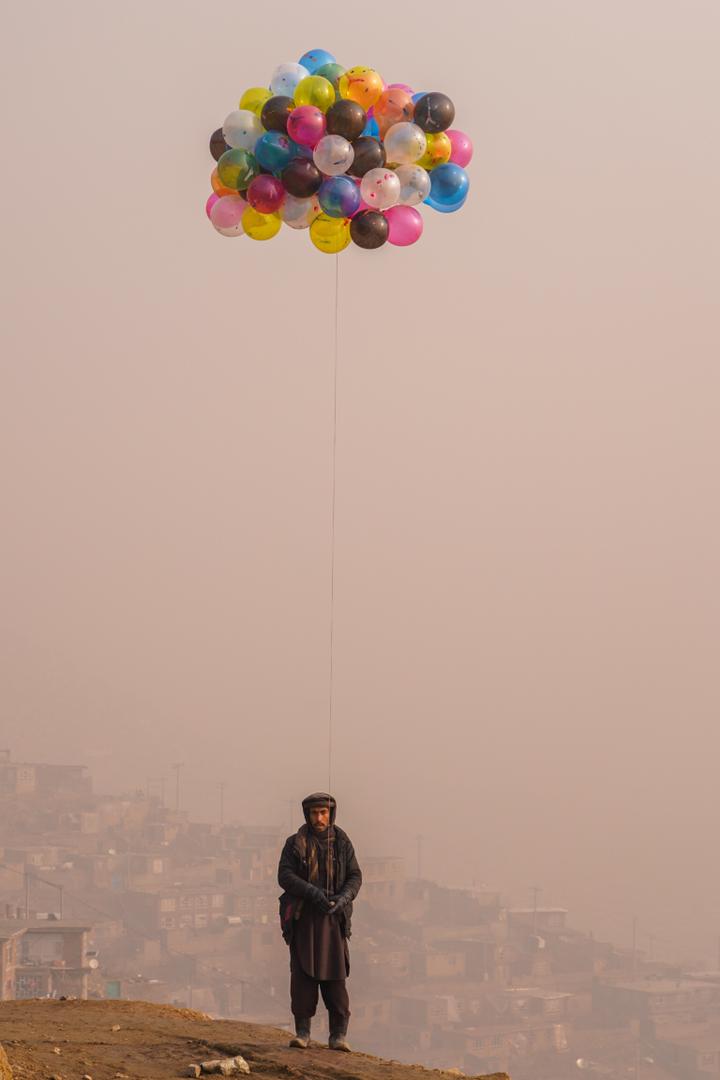
A photograph shot by Omer Khan
“With the Taliban at the helm, Afghans are staring at a dark future. Staying back in Kabul was not an option,” says the 29-year-old, who also goes by the name of Omer Khan. Accompanied by his elder brother, Omer flew out of his country along with his wife and their son. They are presently put up at a temporary camp in the United States. “We will be staying at the camp for about three weeks until the documents (to settle down in the US) are done,” informs Omer, speaking exclusively to Global Indian. Once the formalities are completed, he will start life afresh on foreign soil.
A past riddled with trouble
“I was a class three student during the earlier Taliban regime. I still remember that not only my family, but scores of Afghans were in deep financial crisis. There were a lot of problems that we as Afghans used to face back then, especially women,” recalls Omer, still shocked at the deadly terror attack on August 26.
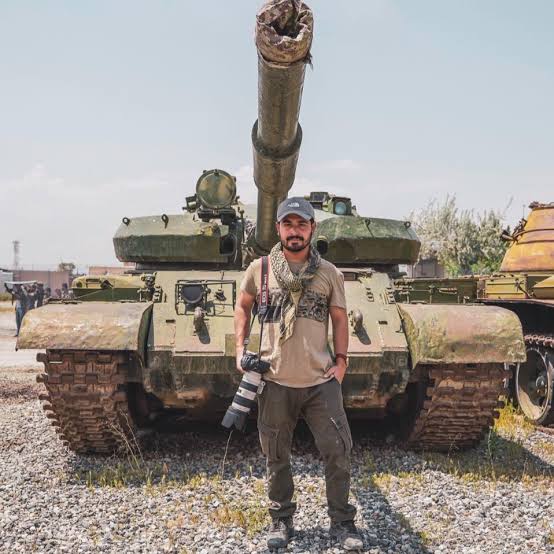
Omer Khan
Born in Kabul, Omer earned a name for himself as a freelance photographer. His off-beat photographs have featured in several exhibitions and competitions not only in Afghanistan but also internationally. “Under the new Taliban regime, my country will go back 50 years and I have no doubt about that. Lots of people have become jobless already,” says Omer, whose remaining family members are continuing in Kabul. He is in constant touch with them.
Respite in photography
Having completed his elementary and secondary school from the Mohammed Alam Faizad High School in Kabul, Omer was keen to learn Arts from a very young age. In 2009, he started learning calligraphy at a private institution. Thereafter, he got into journalism and began his career as a freelance photographer.
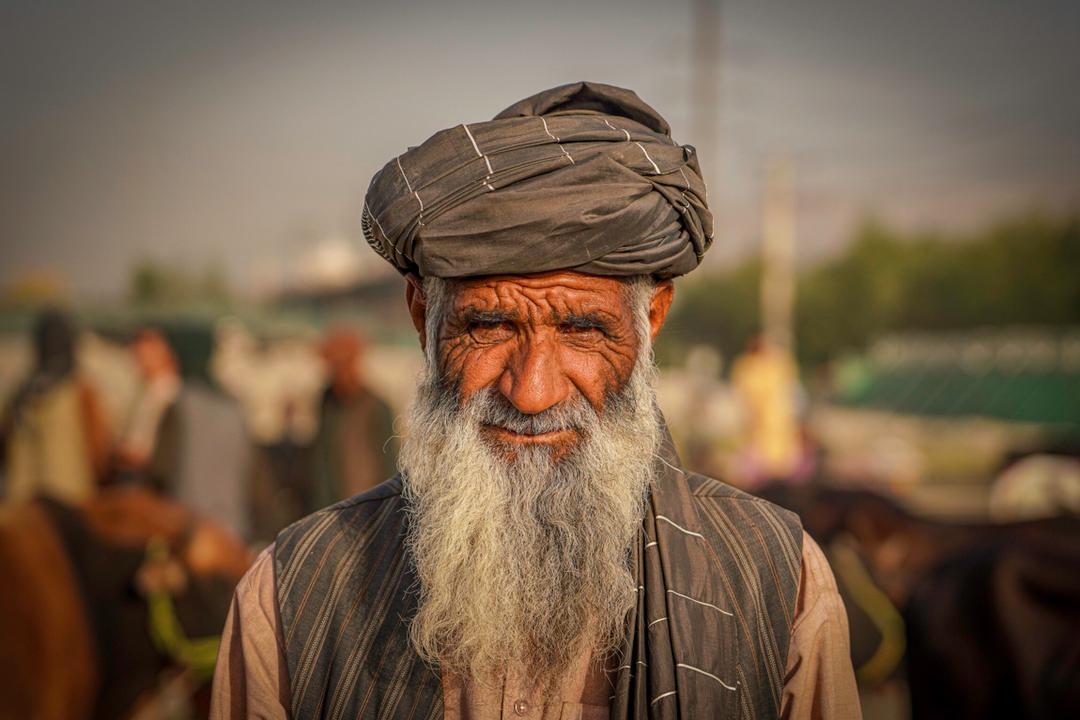
Omer Khan enjoys capturing life
While his photographs have featured in several exhibitions in Afghanistan, he participated in two exhibitions in France in 2017, which gave him the required international exposure. “I shoot anything related to the beautiful life,” he smiles.
His deep passion and love for photography reflects in his work, which offers a glimpse of life in Afghanistan and its people. From a smiling young Afghan girl to a group of children skating, a balloon seller standing in front of Kabul’s skyline and a group of Afghans indulging in Buzkashi (the national sport of Afghanistan) – each of his pictures speak a thousand words. Out of Omer Khan’s photographs, a photo book titled “Hidden Treasure” – which represents the beauty of Afghanistan – was released in 2019, which won him accolades and appreciation from all quarters.
The award-winning photographer says that Pakistan is the main culprit in the state of affairs in his motherland. “The Taliban takes orders from Pakistan, which does not want Afghanistan to prosper. The economy is going down and no one will come forward to invest in Afghanistan,” says a worried Omer, who was honored by UNESCO for his works in 2018. He also holds a certificate from the masterclass of contemporary photography (2018) along with masterclass of ideation, conception and direction of photography project (2019) from the French Institute in Afghanistan.
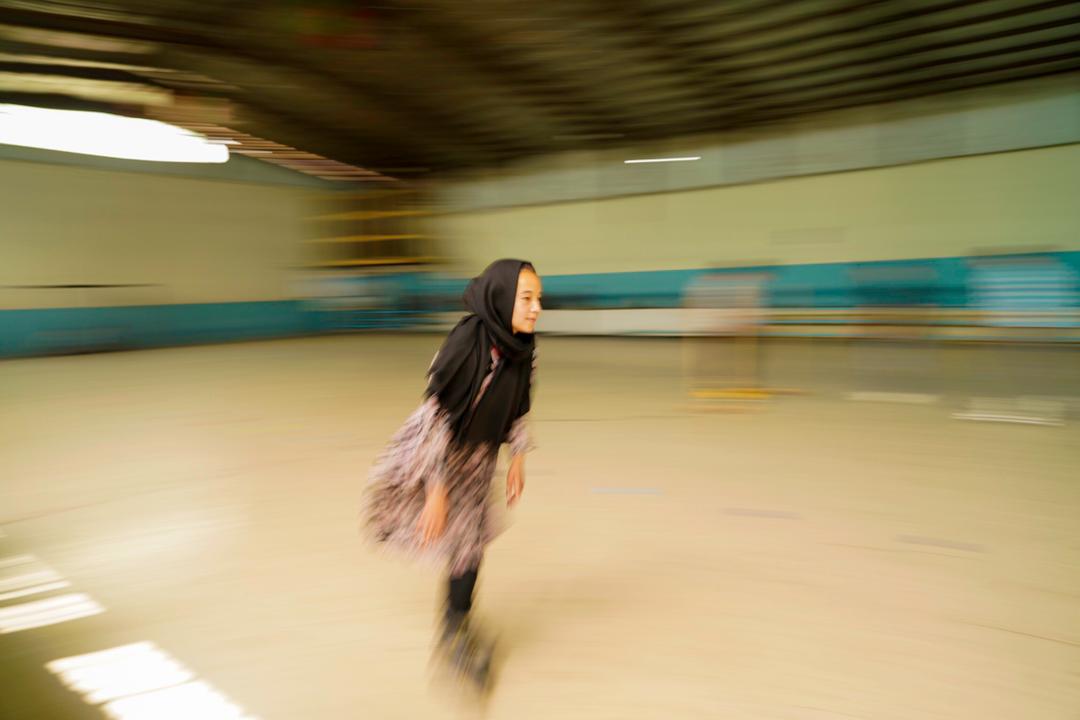
An Afghan girl skating
Looking back
Ask him how the situation in Afghanistan is ever since the Taliban took over, Omer informs that the militia often harasses people on the streets of Kabul. “The Taliban will not let women work and they will harass them. People are generally scared of the Taliban and we all know what they did in their earlier rule,” he says, adding that the militia does not want women to be seen outside their homes.
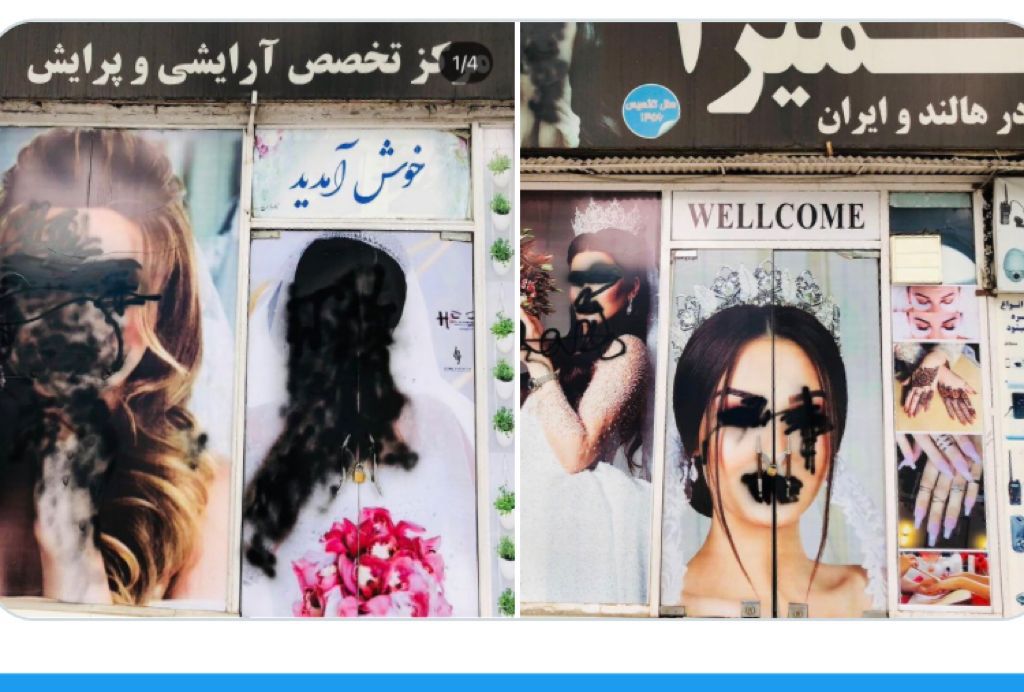
Pictures of women outside salons were defaced after the Taliban takeover of Afghanistan
Such is his passion for photography that even after the Taliban took over, he was out on the streets with his camera, clicking photographs which depict life under the Taliban rule. One of his photographs, which went viral was a picture of the images of women defaced with spray paint outside beauty salons.
A mere mention of India brings a smile on the photographer’s face. “I have been to India as a tourist and also for a training course for three months. It is a beautiful country,” says Omer, who is looking forward to a bright future as a photographer in the US. “Frankly, we Afghans do not fear death. We only fear for our family members back home.”

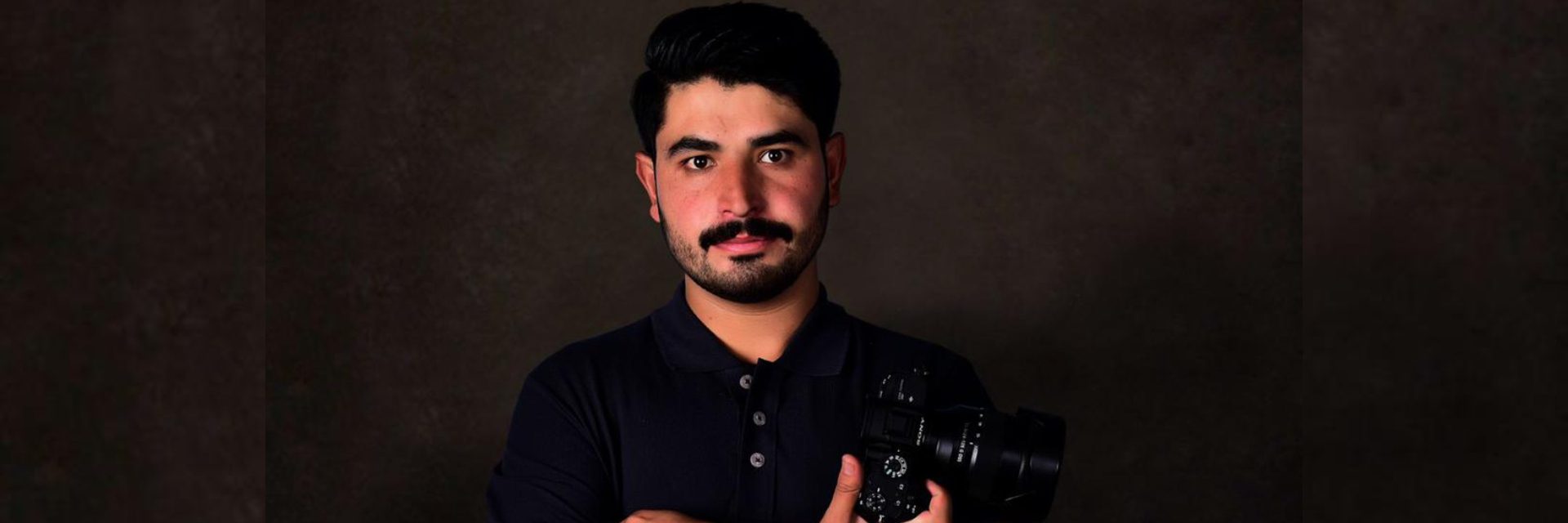
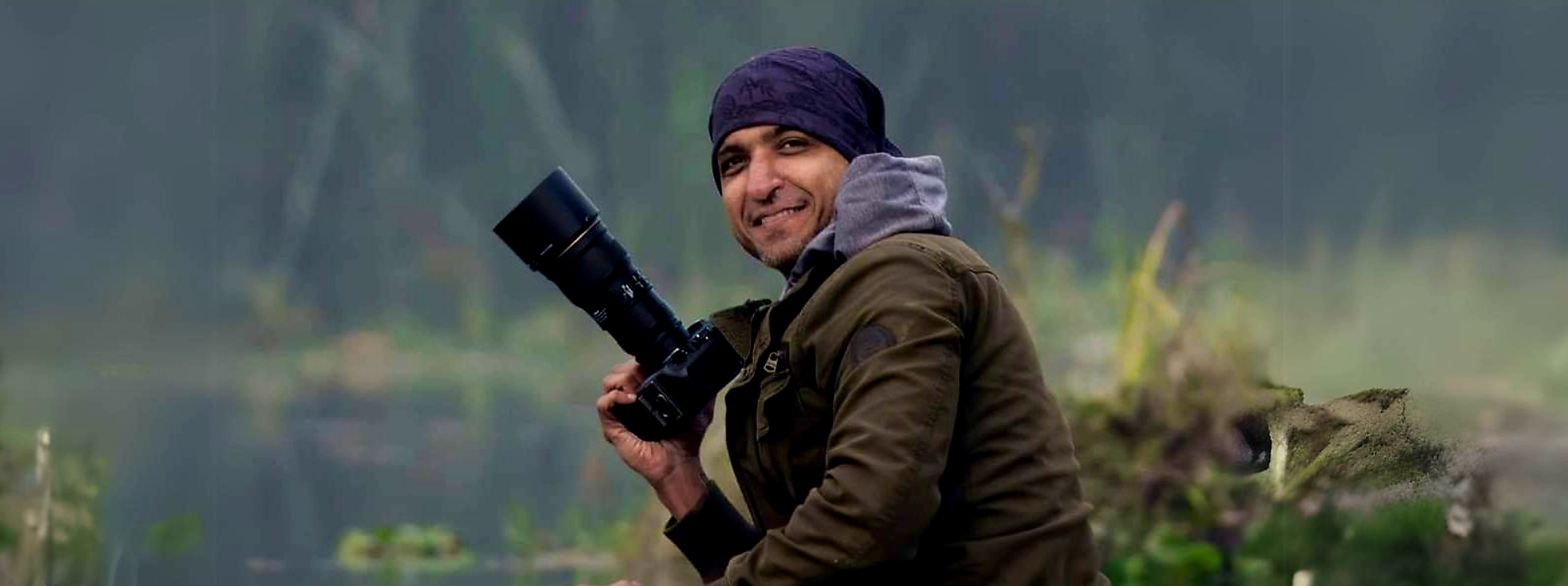
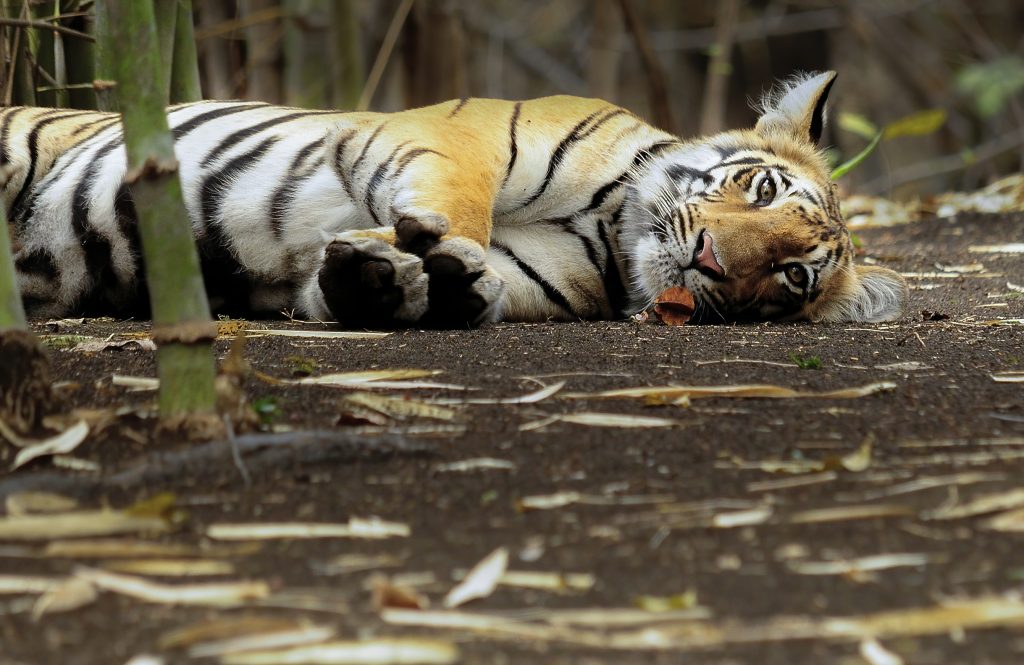 'The Enlightened One' by Masood Hussain | Photo: Special Arrangement[/caption]
'The Enlightened One' by Masood Hussain | Photo: Special Arrangement[/caption]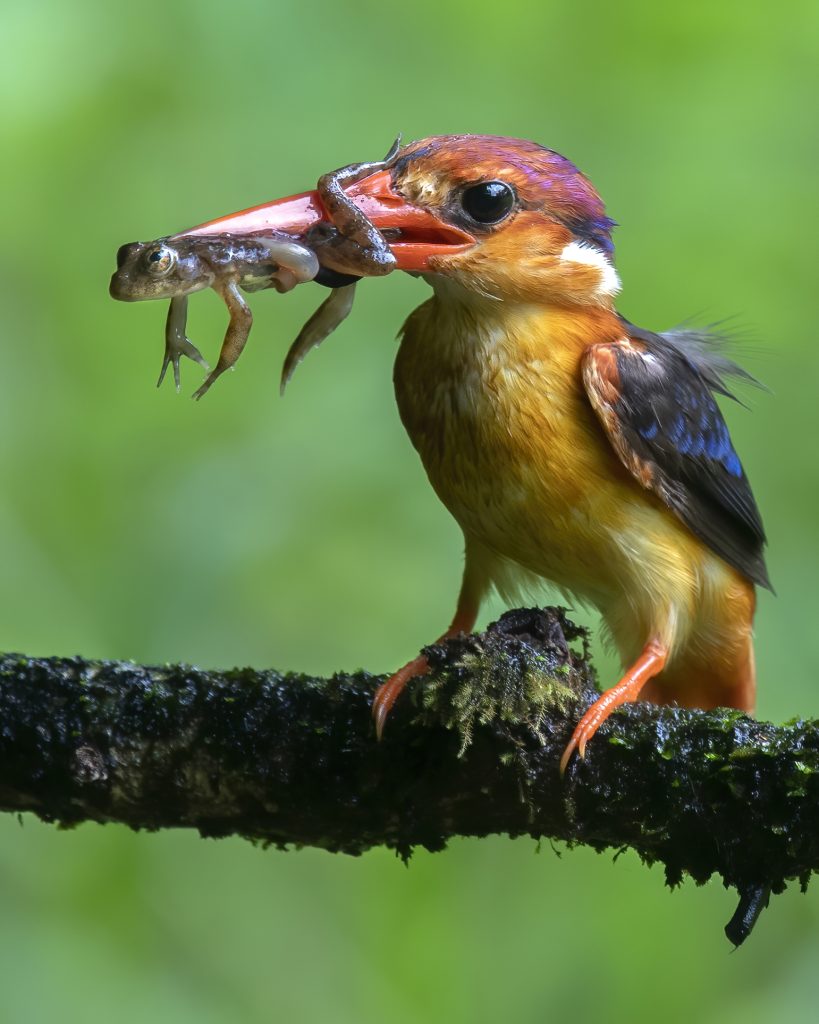 Photo by Masood Hussain | Photo: Special Arrangement[/caption]
Photo by Masood Hussain | Photo: Special Arrangement[/caption]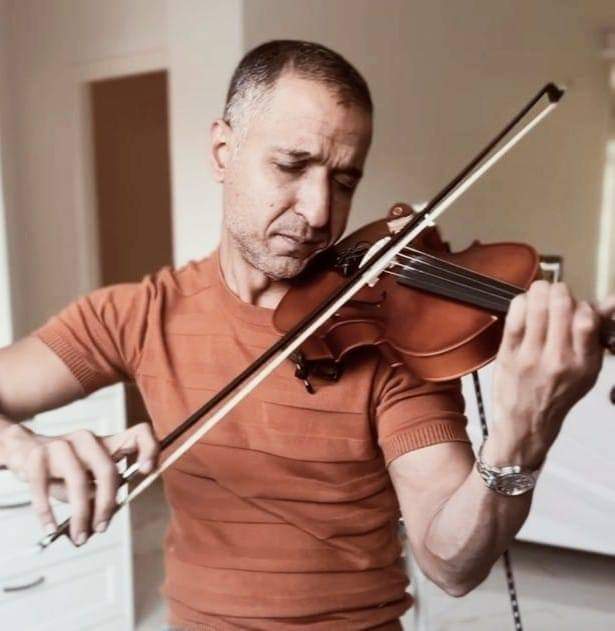
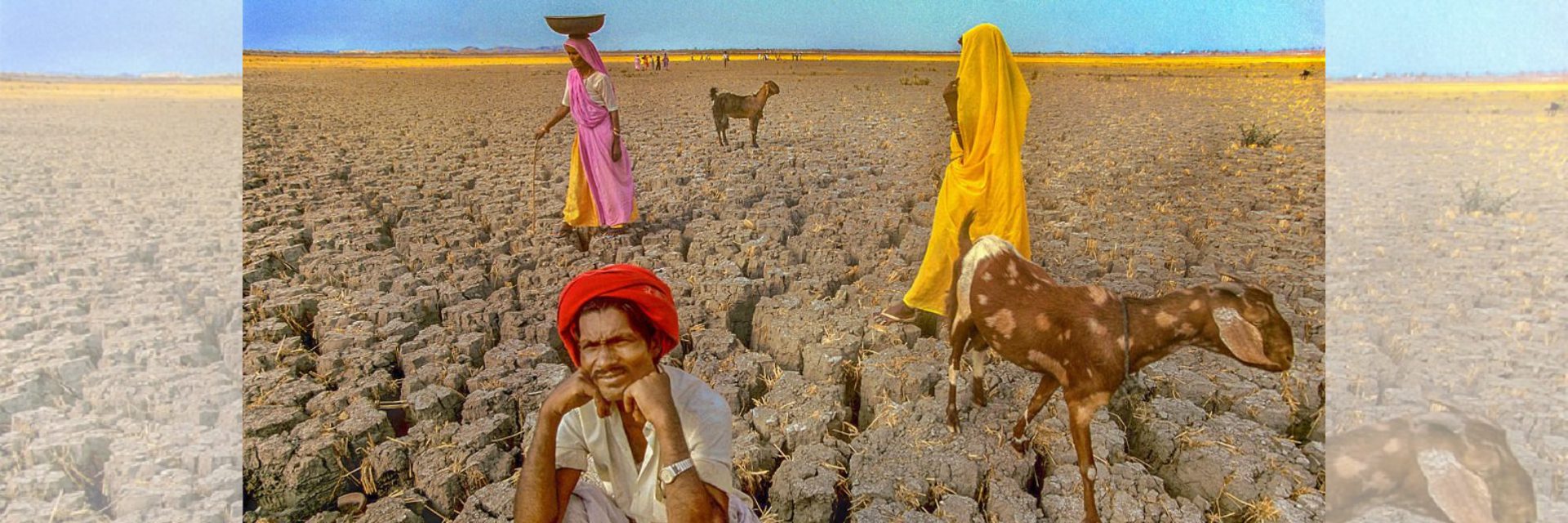
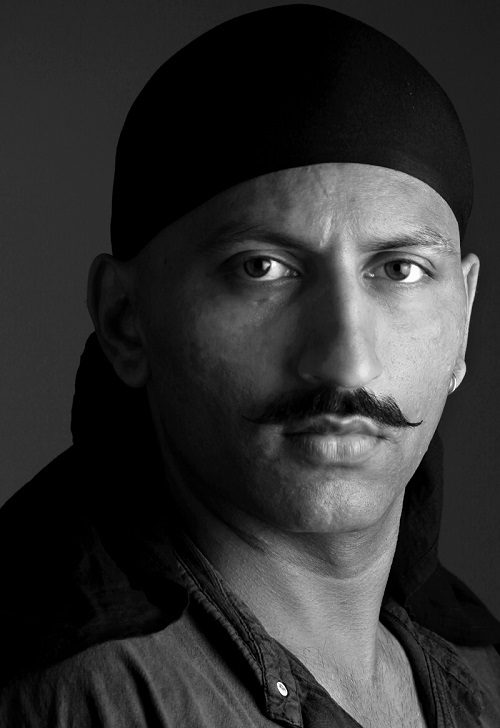 Nitin Rai[/caption]
Nitin Rai[/caption]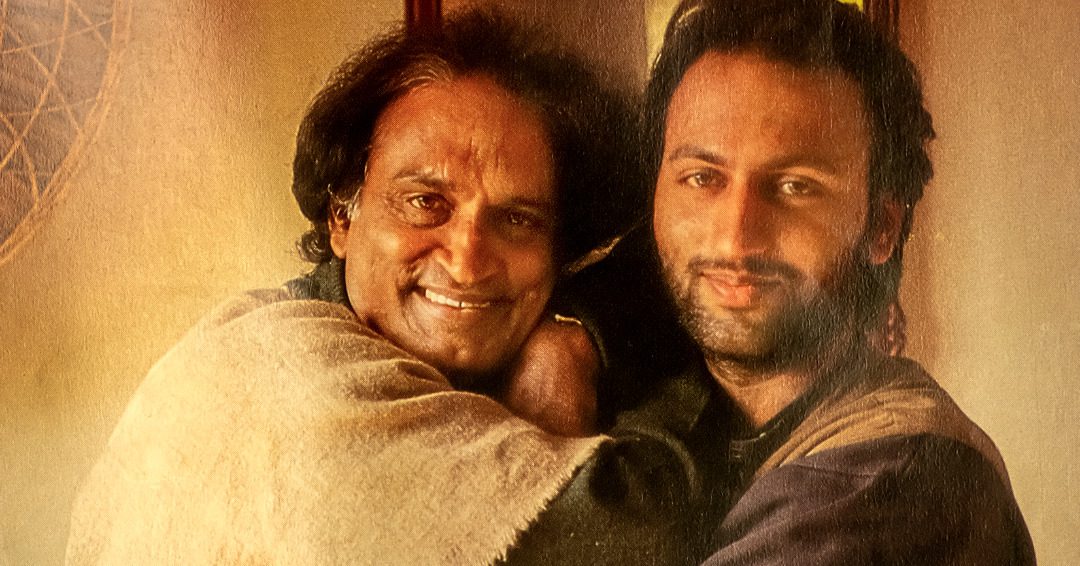 Nitin Rai with his father Raghu Rai.[/caption]
Nitin Rai with his father Raghu Rai.[/caption]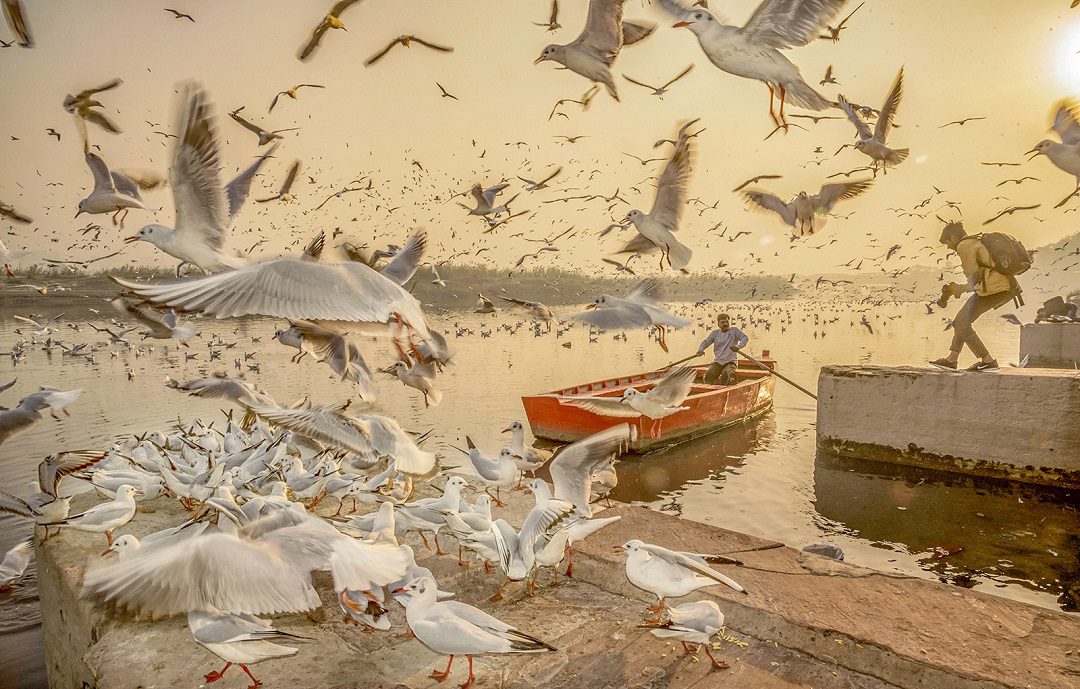 Sea Gulls at Yamuna Ghat clicked by Nitin Rai[/caption]
Sea Gulls at Yamuna Ghat clicked by Nitin Rai[/caption]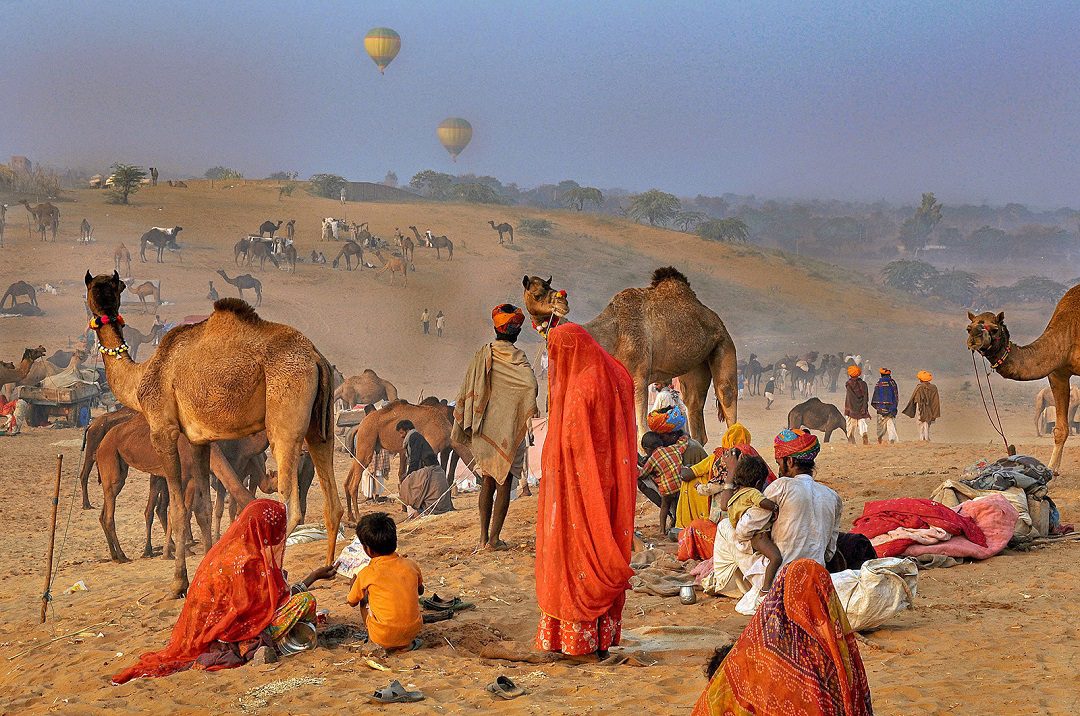 Pushkar landscape clicked by Nitin Rai[/caption]
Pushkar landscape clicked by Nitin Rai[/caption]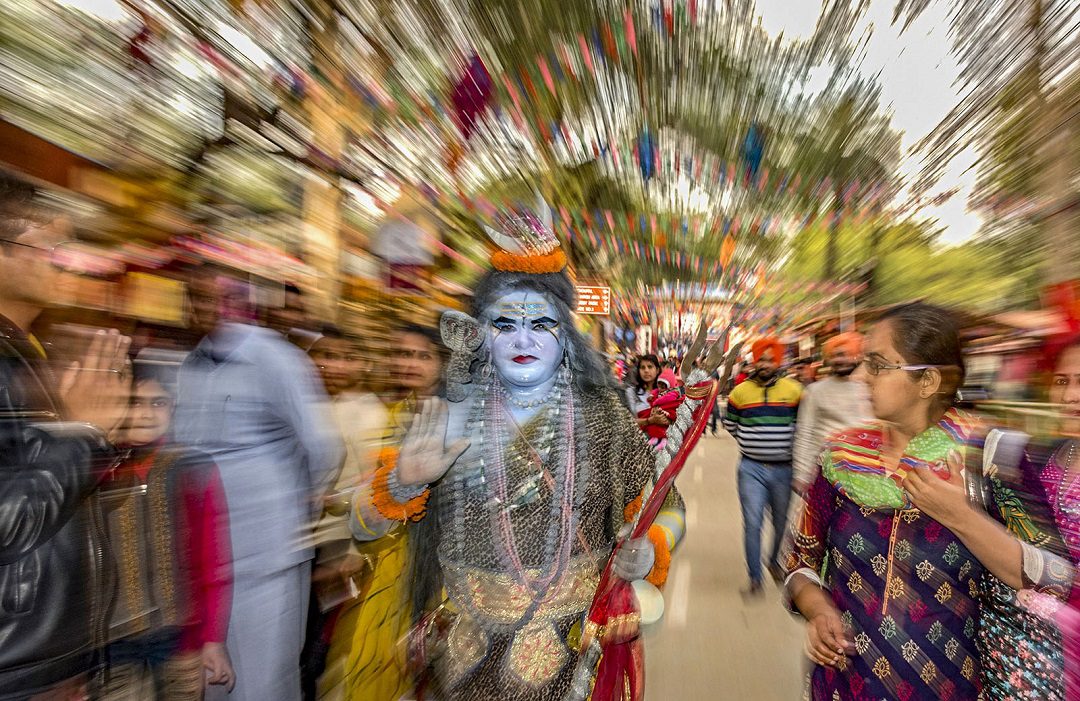 Lord Shiva at Suraj Kund Mela clicked by Nitin Rai.[/caption]
Lord Shiva at Suraj Kund Mela clicked by Nitin Rai.[/caption]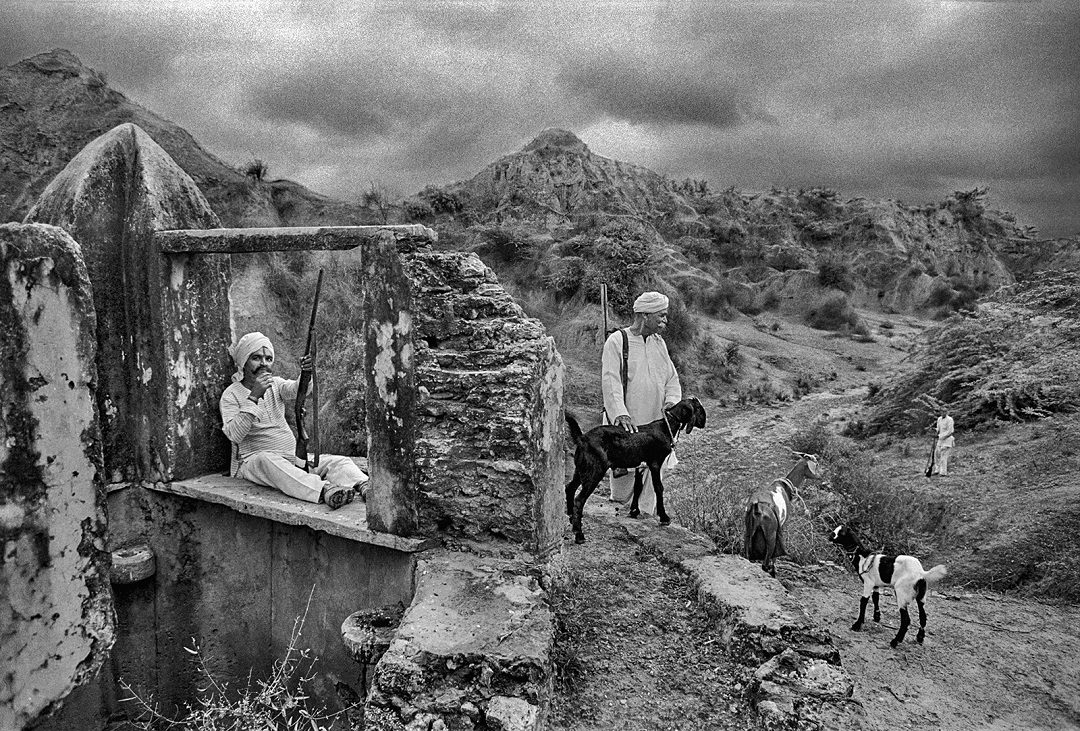 Chambal Ravines clicked by Nitin Rai[/caption]
Chambal Ravines clicked by Nitin Rai[/caption]
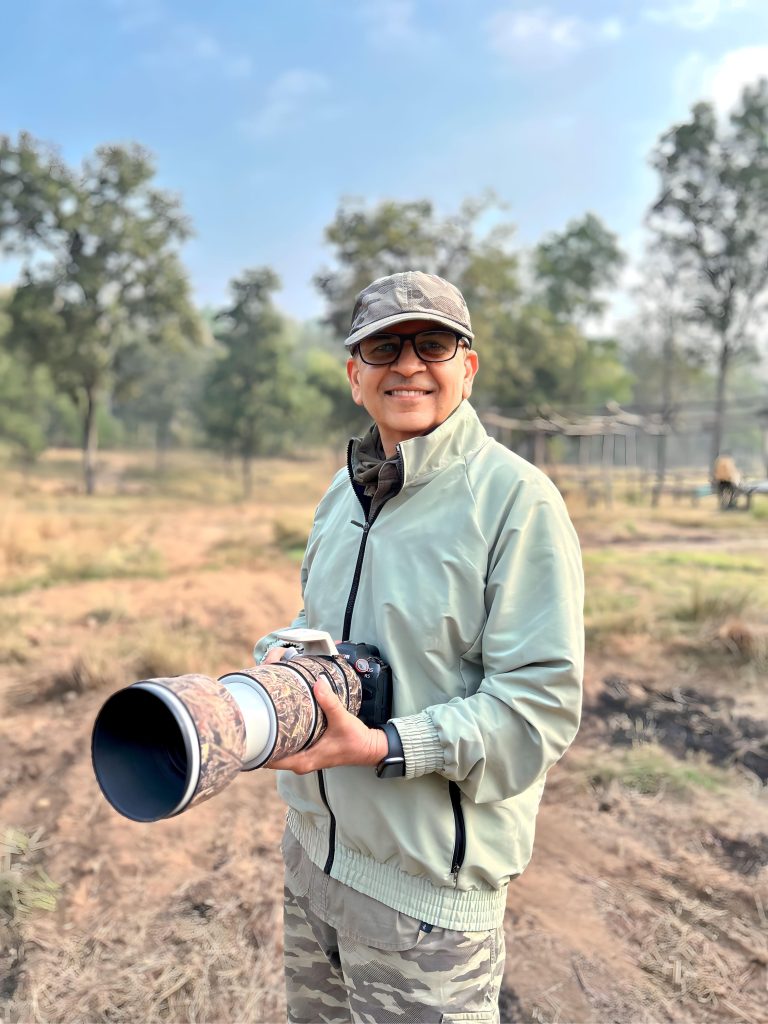 Wildlife photographer Parag Bhatt[/caption]
Wildlife photographer Parag Bhatt[/caption] Photographer by Parag Bhatt[/caption]
Photographer by Parag Bhatt[/caption]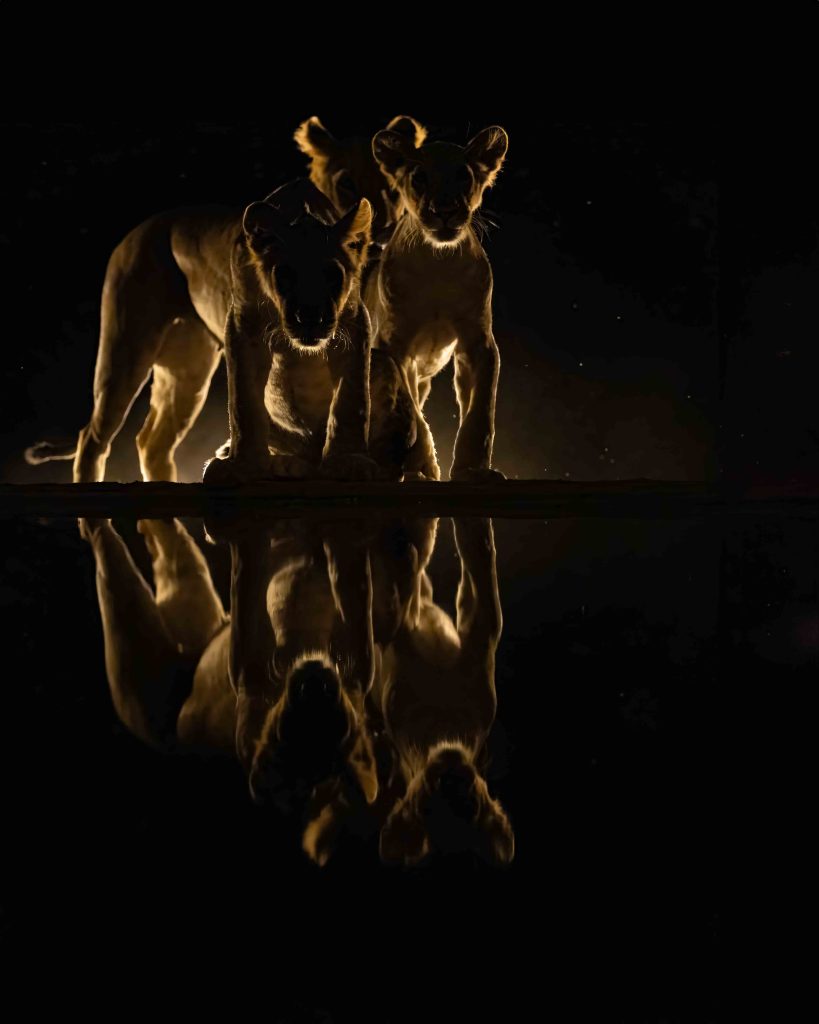
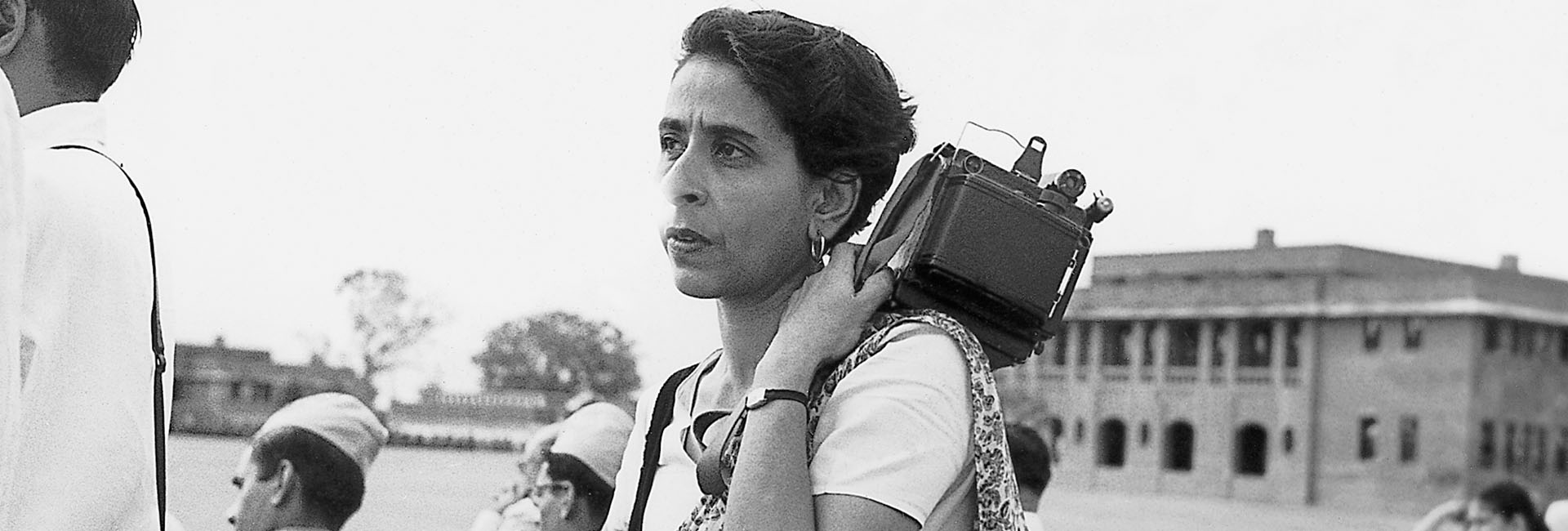
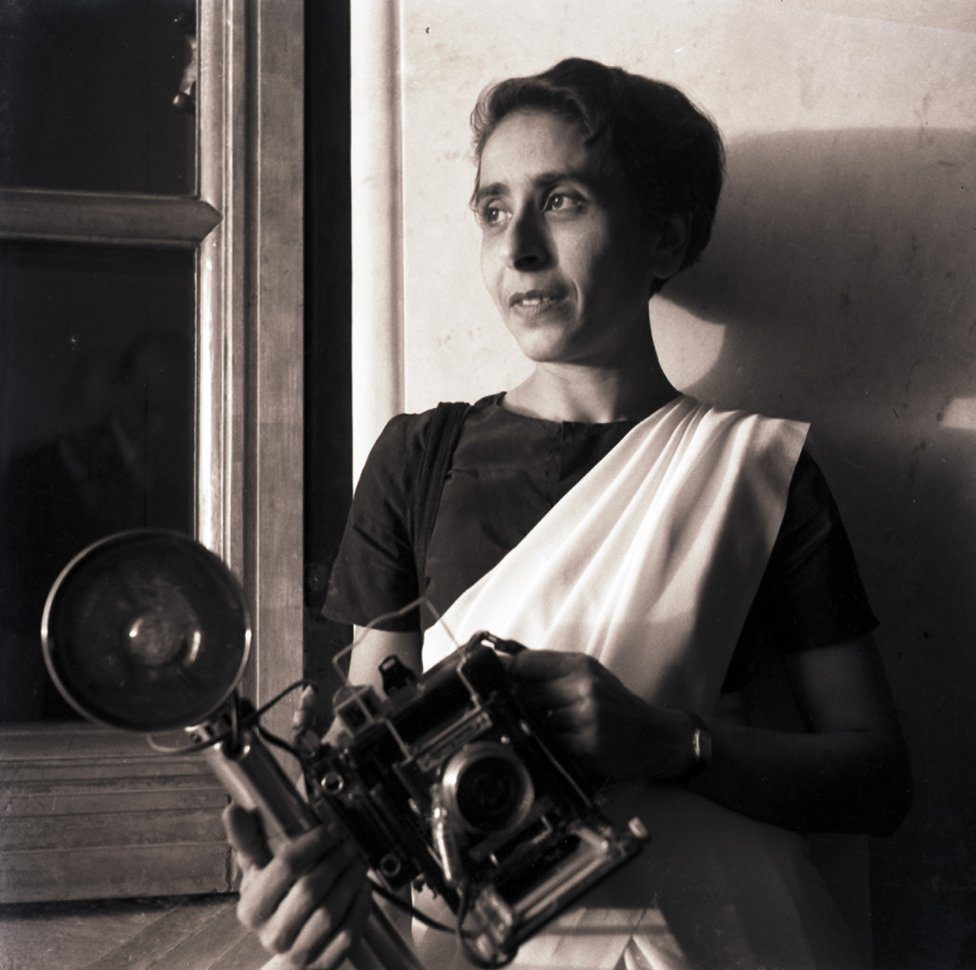 Homai Vyarawalla with her still camera[/caption]
Homai Vyarawalla with her still camera[/caption]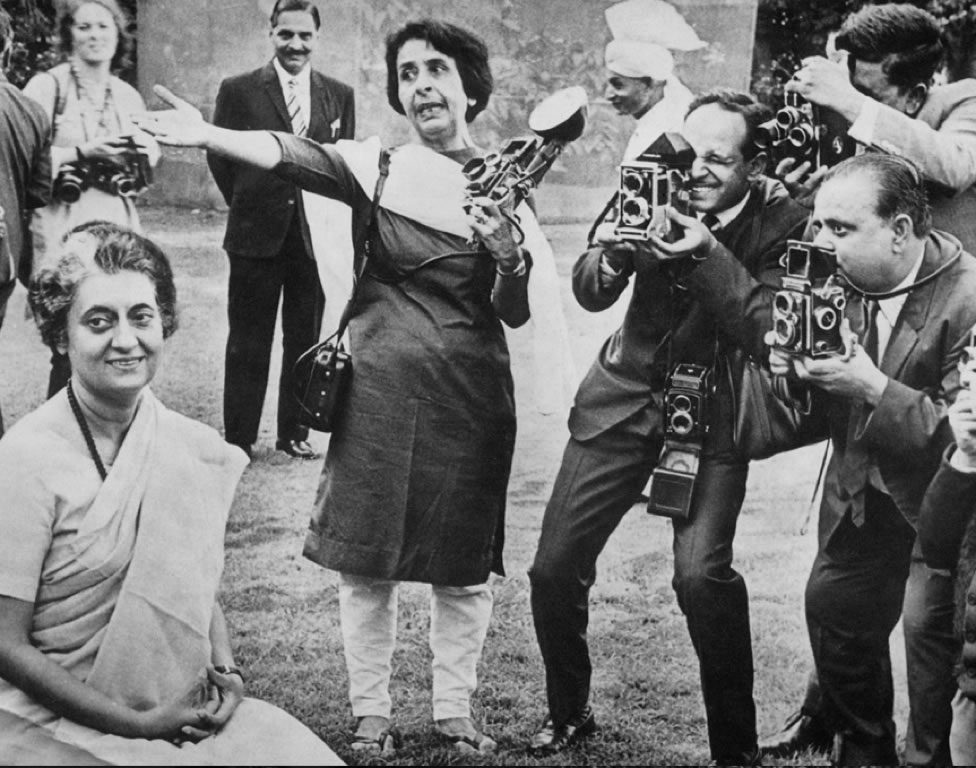 Homai Vyarawalla clicking Indira Gandhi during an event.[/caption]
Homai Vyarawalla clicking Indira Gandhi during an event.[/caption]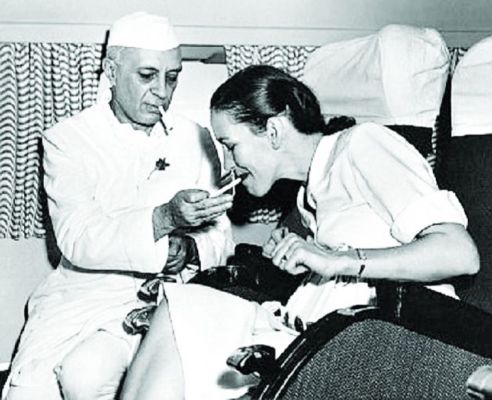 Homai Vyarawalla clicked this photograph of Pandit Nehru[/caption]
Homai Vyarawalla clicked this photograph of Pandit Nehru[/caption]
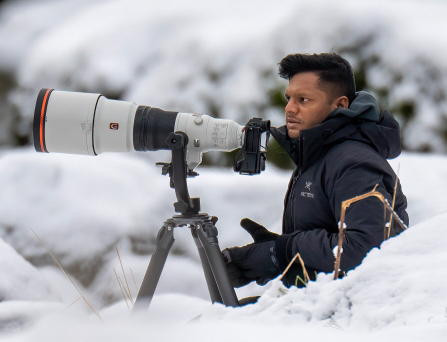 Karthik Subramanium[/caption]
Karthik Subramanium[/caption]